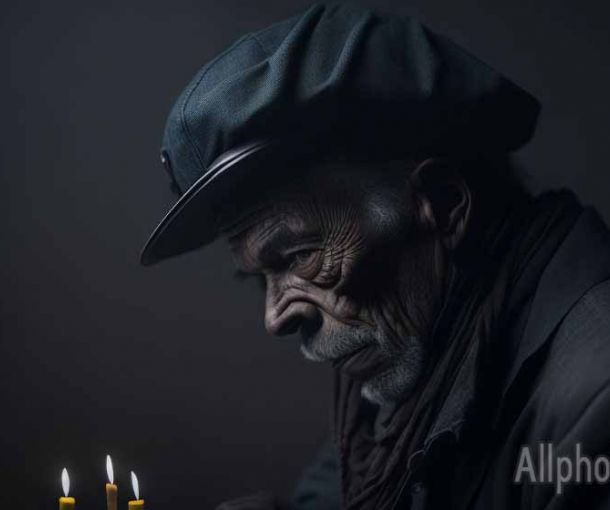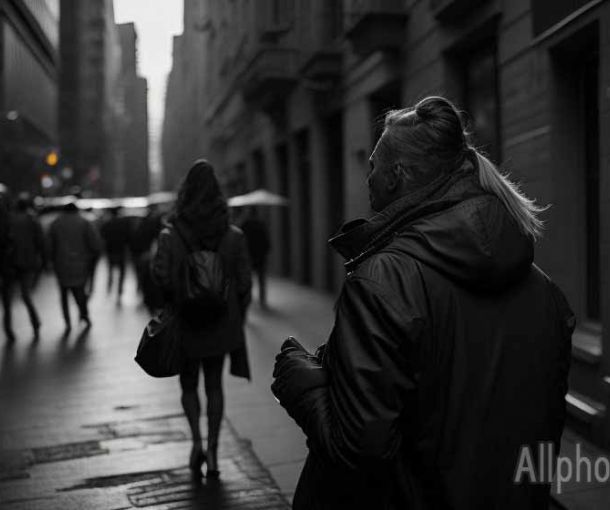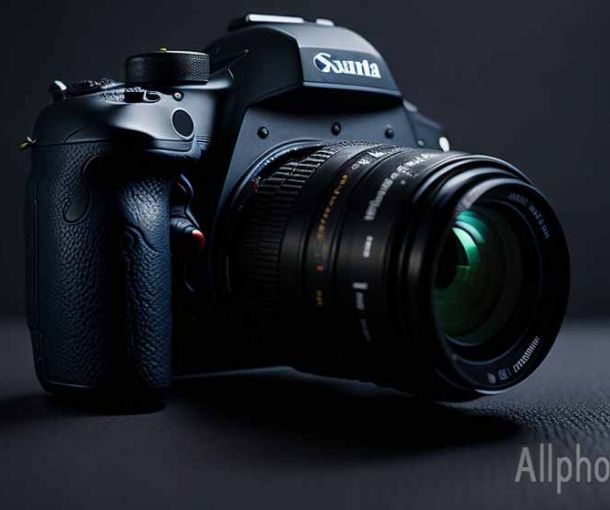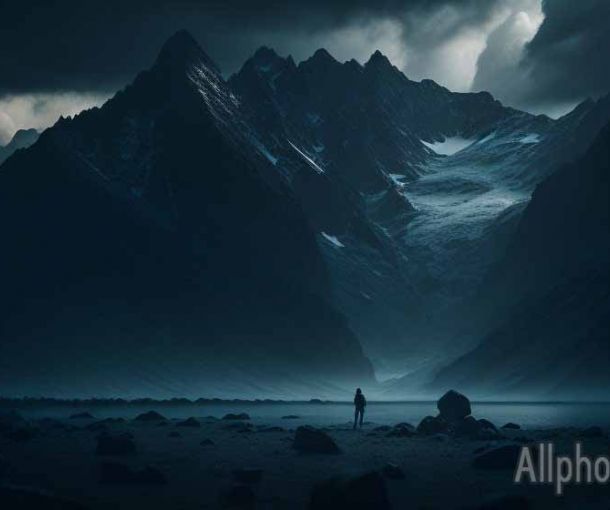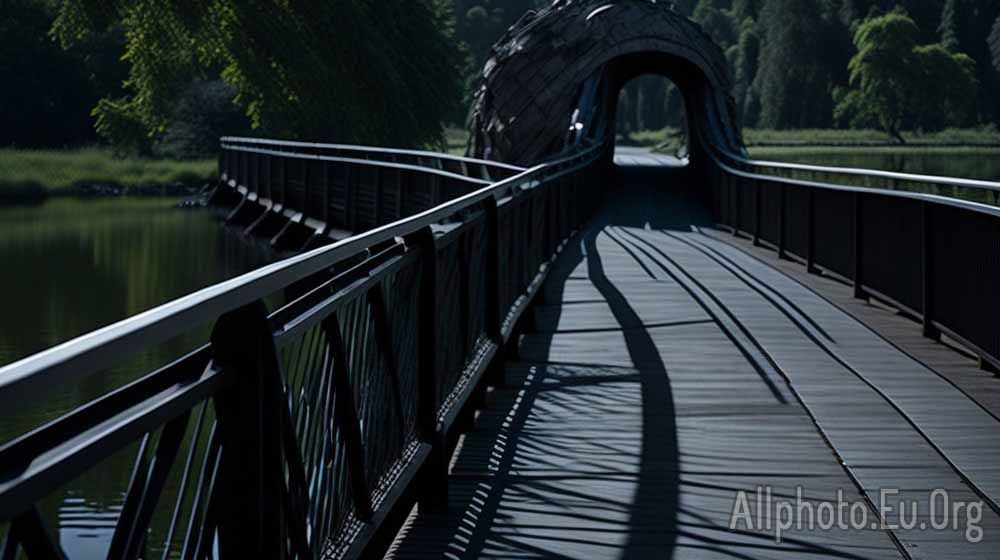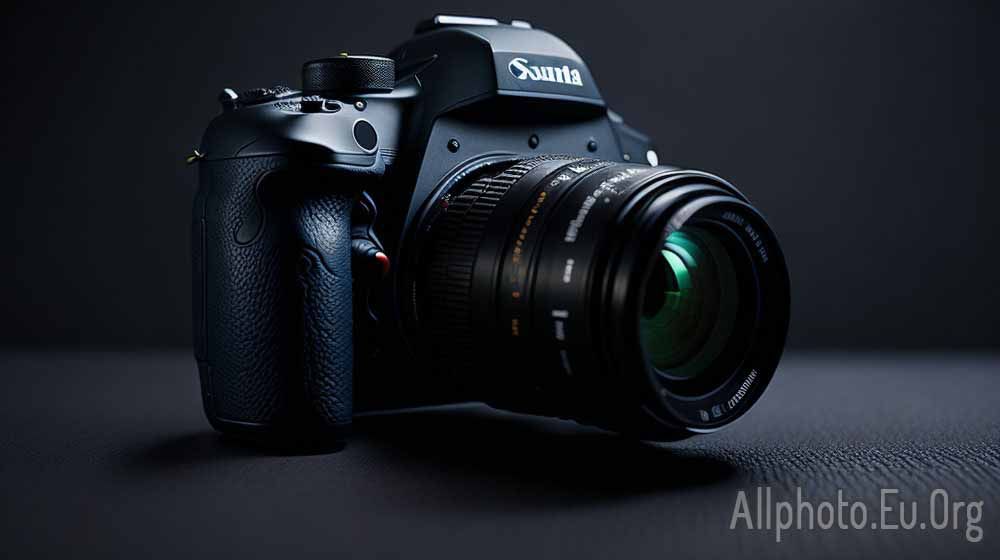The Importance of Composition in Still Life Photography: Creating Balance and Harmony
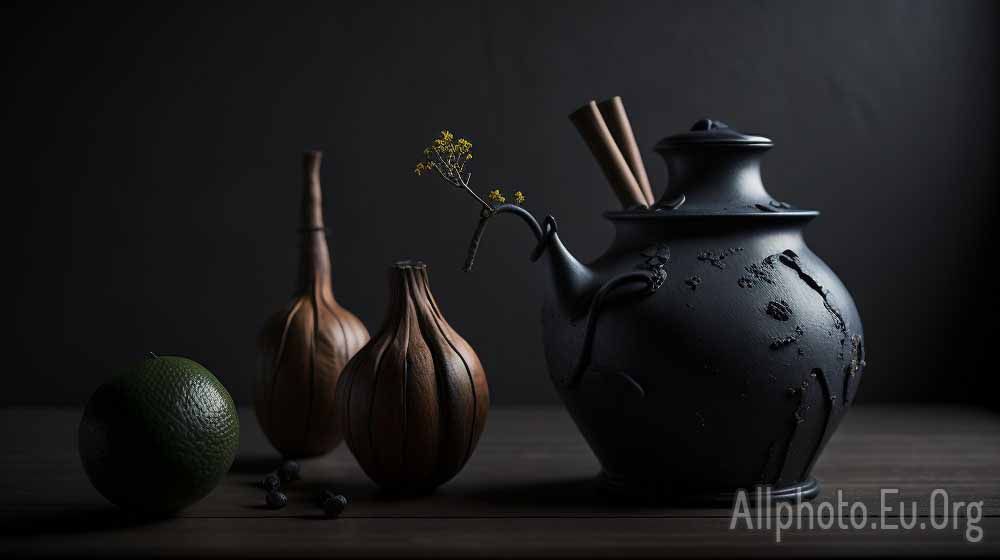
Still life photography is an artistic and creative genre that can produce stunning and visually compelling images. Whether you're a professional photographer or a hobbyist, the composition of your still life photographs is crucial to creating balance and harmony in your images. In this article, we will discuss the importance of composition in still life photography and how it can help you create more impactful and memorable images.
What is Composition in Photography?
Composition in photography refers to the arrangement of elements within a photograph to create a visually appealing and balanced image. This includes the placement of objects, the use of lines, shapes, and colors, and the use of negative space. In still life photography, composition plays a significant role in creating a sense of balance and harmony in the image. A well-composed photograph can capture the viewer's attention and evoke an emotional response, whether it is a feeling of calmness, joy, or excitement.
Creating Balance in Still Life Photography
Creating balance is one of the essential elements of composition in still life photography. Balance refers to the distribution of visual weight within an image. When an image is balanced, the viewer's eye will move smoothly from one part of the image to another, without any one area feeling too heavy or too light.
There are two types of balance in photography: symmetrical and asymmetrical. Symmetrical balance is achieved by placing objects in the frame in a mirror-image fashion, creating a sense of stability and order. Asymmetrical balance, on the other hand, is achieved by placing objects in a way that creates a sense of visual tension and movement.
To create balance in your still life photography, consider the placement of objects in your frame. Look for ways to create symmetry or asymmetry, depending on the mood and feeling you want to convey. You can also use negative space to create balance by leaving areas of the frame empty to counterbalance the objects in the photograph.
Creating Harmony in Still Life Photography
Harmony in still life photography refers to the visual coherence and unity of the image. When an image is harmonious, all of the elements within the photograph work together to create a cohesive and unified whole.
To create harmony in your still life photography, consider the color, texture, and shape of the objects you are photographing. Look for ways to create a sense of visual continuity between the objects in the frame. For example, you could use objects with similar colors or textures, or you could arrange objects in a way that creates a sense of repetition or pattern.
Another way to create harmony in your still life photography is to use lighting to your advantage. Lighting can play a significant role in setting the mood and creating a sense of harmony in your images. Experiment with different lighting setups to find the one that best captures the mood and feeling you want to convey.
Final Thoughts
Composition is an essential element of still life photography. Creating balance and harmony in your images can help you create more impactful and memorable photographs that capture the viewer's attention and evoke an emotional response. Whether you are a professional photographer or a hobbyist, taking the time to consider the composition of your still life photographs can help you create images that stand out and capture the viewer's imagination. So, next time you're setting up a still life photograph, take a moment to consider the composition of your image and experiment with different ways of creating balance and harmony in your photographs.
Additionally, as a photographer, it is crucial to pay attention to the details in your still life photographs. Every object in your photograph should have a purpose and contribute to the overall composition of the image. Take the time to consider the placement of each object, the angles, and the lighting to create the perfect shot.
Another essential aspect of still life photography is the use of props. Props can add depth, interest, and texture to your images, and they can also help you tell a story. Consider using props that are relevant to the subject or theme of your photograph, or props that add an unexpected element of surprise.
In conclusion, composition is a crucial aspect of still life photography. Creating balance and harmony in your images can help you capture the viewer's attention, evoke an emotional response, and create images that are both beautiful and meaningful. By paying attention to the details, experimenting with different compositions, and using props to enhance your images, you can take your still life photography to the next level and create images that are truly unforgettable. So go ahead, grab your camera, and start creating!
To further improve your still life photography skills, practice regularly, and experiment with different techniques and styles. With time, you'll develop your own unique style and approach to composition that reflects your artistic vision and personality.
Tags
Latest Articles
Most Read
All Tags
Subscribe
Donate
Please consider supporting our efforts.
© 2023 All-Photo.Cf All rights reserved.
